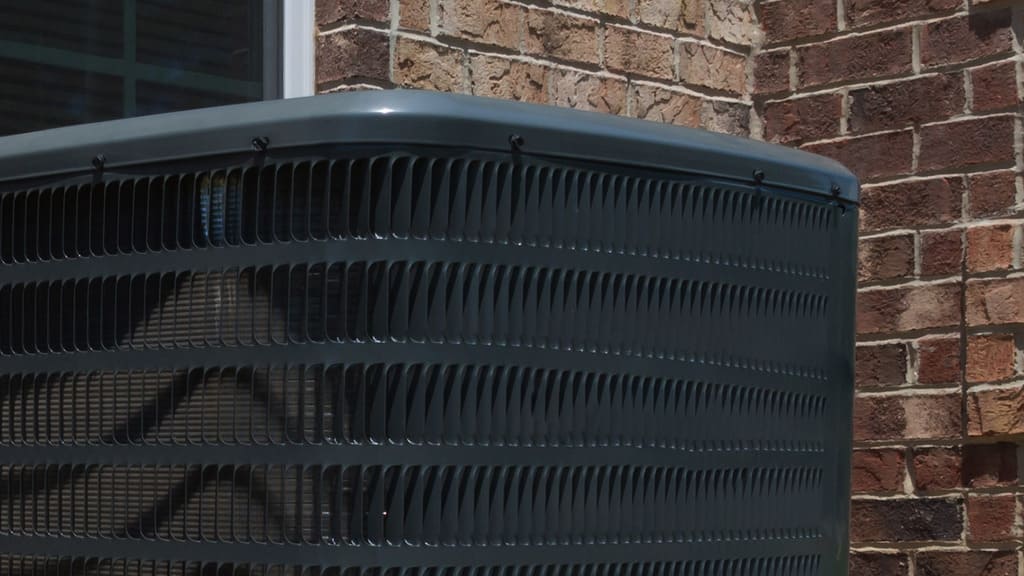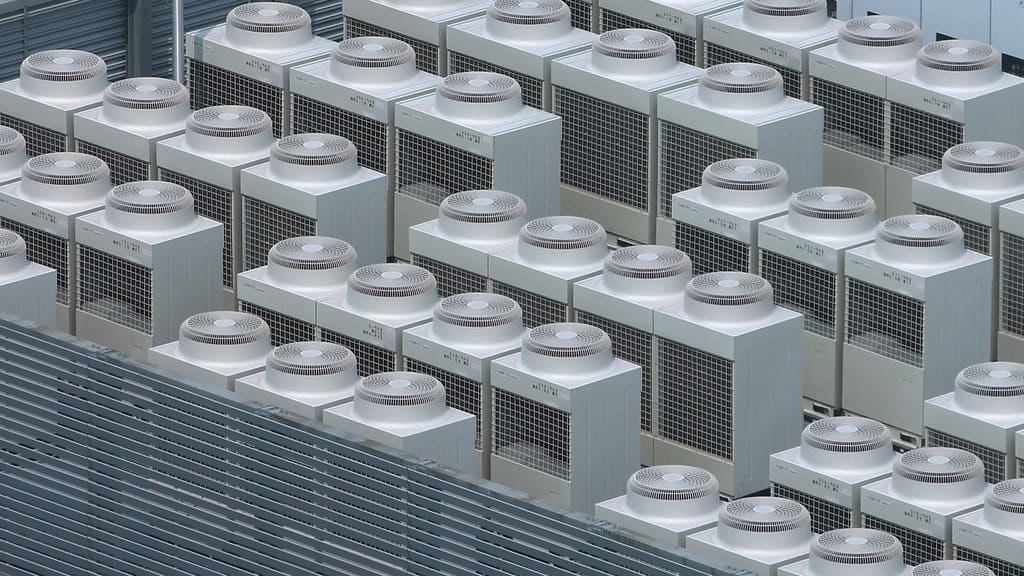PLUMBER & HVAC HIGH-QUALITY MAINTENANCE



SERVICE REQUEST
[everest_form id="561"]

If we consider what the future of construction should look like, it is very likely that we will think about how to optimize buildings, about automation or about new construction techniques. However, the most immediate future -and we could almost consider it present- is to bet on energy efficiency.
We can make a comparison in the current real estate market with the way cars were sold. Historically, one of the crucial points when buying a vehicle was the consumption of gasoline, and it was very normal that the final buyer paid more to get a model that spent much less. In the case of buildings, we can say that something similar is happening today.
While in the past it was not common to ask about the consumption of homes, today it is crucial. But in addition to the interest of consumers, the Technical Building Code itself warns that energy-saving measures must be applied to all buildings. Furthermore, from next year, Nearly Zero Energy Buildings will be launched, which represents a great advance in terms of supply savings, as well as drawing a picture of what the future of construction will look like: with energy efficiency marked as a central aspect. If we talk about how much a building can save, at present, we can look at some figures. According to the International Federation of Real Estate Professions, efficient buildings are capable of saving up to 70% of energy if we apply an initial investment of between 20,000 and 40,000 euros.
How long can such an investment take to pay off? Although it may seem a significant amount, in a matter of ten years this initial cost can be amortized, which is acceptable for most properties, since their useful life is much longer. Likewise, the return is greater even if the property is sold.
This is why the demand for energy-efficient buildings is now a matter of course in the market, where there is also a much greater appreciation in cases where buildings can save energy. For example, it is estimated that 70% of multi-family dwellings built go beyond the regulatory minimums and implement major energy-saving measures. In the case of single-family homes, all buyers normally require their new properties to have high energy efficiency measures.

How long has this awareness of energy saving existed among home buyers? In the last five years it has become commonplace, industry experts say. Although it is true that it was after the application of the Spanish energy certificate, a little more than a decade ago, when the Spanish citizens began to be imposed. At that time, this obligation was seen as a problem. Today, it helps both buyers and sellers of real estate and is considered absolutely necessary.

The Importance Of Regulations In Building The Future
The focus on the energy efficiency of buildings for the future of construction is a logical one, as it is not traffic that is the biggest polluter in cities, but the buildings themselves. The building sector is responsible for 40% of carbon dioxide emissions into the atmosphere, and if we also add the harmful emissions during construction, use and demolition of these buildings, the percentage rises to more than 50%.
Due to this, from next year it will be necessary for Californian constructions to comply with the requirements imposed by the US Government in terms of Nearly Zero Consumption Building. This type of construction achieves a very high energy efficiency, which allows them to have almost no or very low energy demand, which is normally supplied by renewable sources.
It can be said that Nearly Zero Consumption Buildings can consume between 70% and 80% less than those that simply comply with current regulations. And that is why the future of the most immediate construction goes through them. Even so, the biggest problem will be how to implement these regulations, since at present US regulations still do not determine in a concise manner which rules are to be taken into account. However, it is possible to take into account the application of voluntary energy certificates such as BREEAM or Passive House, which can help us to achieve this necessary energy saving proposed by Near Zero Energy Building.
In any case, there is no doubt that the future of construction will depend on greater energy efficiency and respect for the environment. Likewise, renewable energy sources will play a very important role in the whole process. And surely in a decade it will be normal that modern buildings will have almost no consumption.


